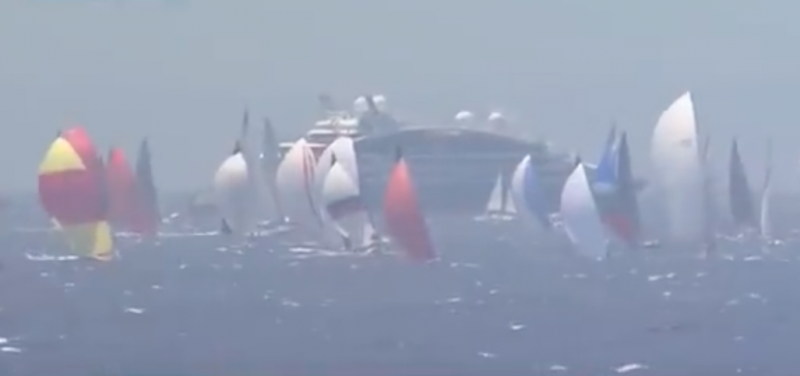
A Brief Word About the Fires in Australia
In late December, as Australia’s largest city was choked with smoke from the devastating wildfires burning in the country’s interior, the Big Boat Challenge, a practice race for the Rolex Sydney Hobart, was canceled due to the poor air quality. The commodore of the Cruising Yacht Club of Australia told the New York Times, “We just don’t know what the wind is going to do. We’ve never had to plan for this before. While this race is important, there’s people losing their houses, and firefighters are putting themselves in danger. It would be great if the fires are all gone before the race.”
As Rolex Sydney Hobart started on Boxing Day (December 26), the fleet sailed away from the hazy, smoky murk clinging to the Australian continent.

Sadly, the fires have only gotten worse, and while the infernos are largely inland, some coastal areas have been affected.
Last week, the Australian navy evacuated nearly 1,000 people — both tourists and residents — trapped in Mallacoota on the Victoria coast. An Australian Member of Parliament called it an “unprecedented mass relocation of civilians,” according to BBC News. “Some 4,000 residents and tourists fled to the beach on Monday night [December 30], when racing bushfires encircled the town.”
The unofficial death toll from the catastrophic, months-long fires — which have burned an area about twice the size of Maryland — rose to 25 Monday. The long-range forecast suggests there might be some relief on the horizon for Australia with rain on the country’s east coast.

When California was in its 7 year drought, Governor Brown invited an Australian delegation to tell State employees how to survive a drought. It was 2015 and the Aussies were glad that they had rains while we had fires and they had few solutions other than desalination. Desalination uses energy, so it’s not a good solution for large populations.